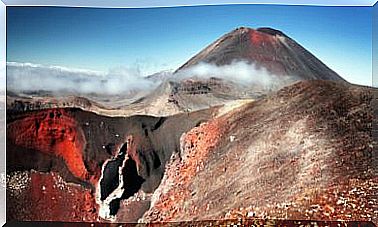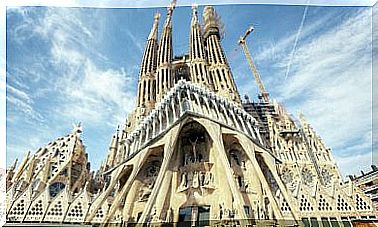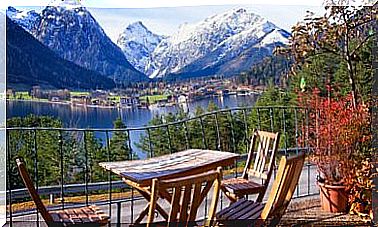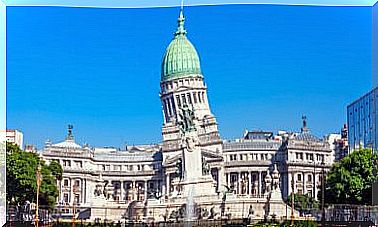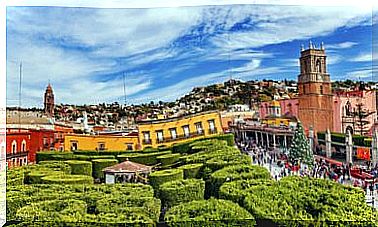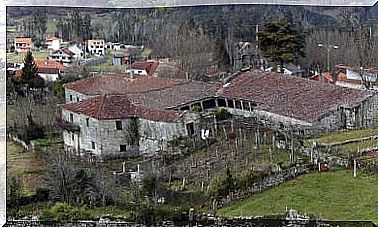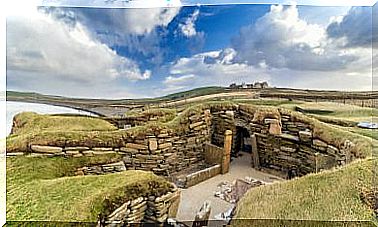Everything You Need To Know About The Madrid Metro
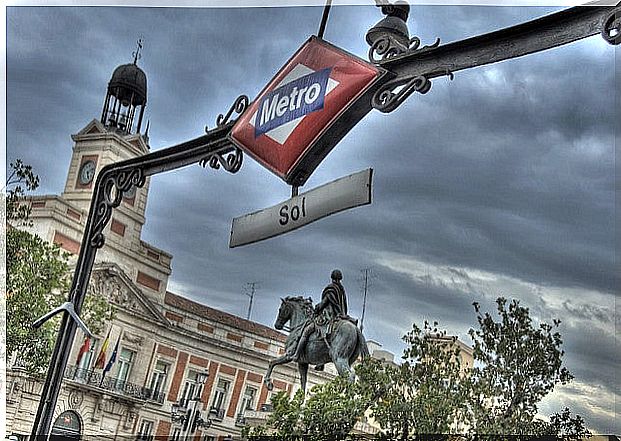
Around two million people use the Madrid Metro every day to get around the city. The reasons why this transport is the most used in the capital are many: comfort, speed and safety are some of them. We want to tell you a little more about the Madrid underground network and tell you some curiosities.
Madrid Metro , one of the best in the world
The metro not only allows you to reach any point in the center, it also allows you to go in a few minutes to the Adolfo Suarez Madrid-Barajas Airport from the center -or vice versa- and connects the two largest stations in the city, Atocha and Chamartín, which link the capital with World Heritage cities, such as Alcalá de Henares, Toledo or Segovia.
The Madrid Metro is for many one of the best in the world. It has almost 300 kilometers of roads and 300 stations that are covered by the 13 lines that the city has and that even travel outside of it to other municipalities. If you are still not convinced to use this public transport, below we will tell you everything you need to know about Metro de Madrid.
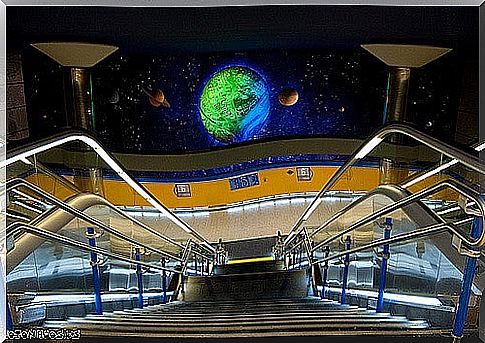
Advantages of traveling in the Madrid Metro
One of the main advantages at Metro de Madrid is the price. It is considerably cheaper than, for example, taking a taxi. Single tickets depend on the area in which you are going to travel and, in addition, there are many discounts and promotions for those who are more regular on the metro.
Another advantage is speed. The metro allows you to go from one side of the city to the other in a few minutes and few stops, so it is highly recommended to get to work on time, for example, and avoid the much-feared as well-known traffic jams in Madrid.
Finally, another of the most notable advantages is the sustainability of the metro. Those who run the metro are highly committed to its energy efficiency and the rational use of resources. Not to say that it pollutes much less than a conventional bus and private vehicle.
Special rates for Metro de Madrid
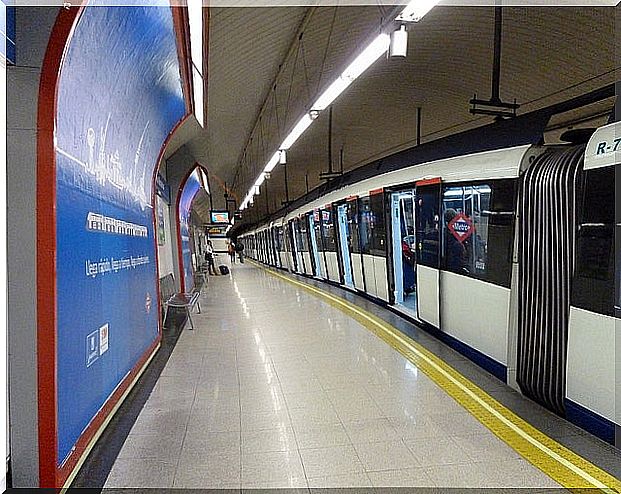
As we said before, the price of the metro is quite low compared to other transport options in the city of Madrid. In addition, there are a few offers for those who use this transport almost every or every day.
First, the Public Transport card, which offers discounts on all public transport in the Community of Madrid, including the metro. It is a personal and non-transferable card and it also makes you avoid queues at the ticket machines, because you just have to pass it through the arches and enjoy your trip.
Secondly, the Multi card, which, unlike the previous one, allows it to be used by several people. It works on the same transports as the previous one. It is a fairly new card that will be implemented little by little and that has many advantages.
Lastly, other cards such as the 30-day pass, the youth pass, the annual pass … these cards are adapted to the needs of each traveler, offering personalized discounts for each one.
Curiosities of Metro de Madrid
The subway ride can be a sightseeing in itself. Some of its stations hide museums, archaeological sites and other curiosities.
Platform 0
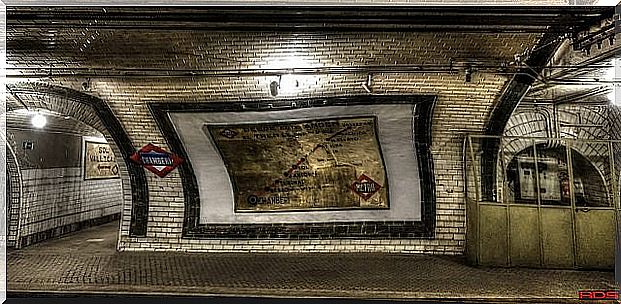
This is a project that allows the public to immerse themselves in the history of the Madrid metro and the city as a whole. It has two offices, one in the Engine Warehouse and the other in the Chamberí Station. Visiting the latter is quite an experience, a station closed in 1966 and restored to be able to know it as it was almost 100 years ago, when the first line of the Madrid metro was inaugurated.
In this way, those who visit Platform 0 will have a panoramic view of what the subway has meant for Madrid : from the first decades of the 20th century, when it radically transformed the city, until now, in which it greatly exceeds the limits of the municipality.
Bibliometer
The Bibliometro is a free book loan system that is carried out in some Madrid Metro stations. These have a set of modules, with thousands of volumes corresponding to about 800 different titles.
In this way, travelers are allowed to borrow 3 books over a period of 15 days, renewable for another 15, making metro stations places full of letters.
Museum of the Caños del Peral
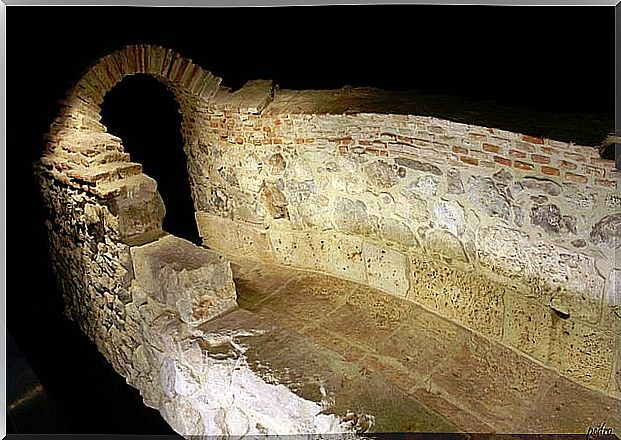
The Ópera station, crossed by metro lines 2 and 5, contains the largest underground archaeological museum in Madrid. It is a space of 200 square meters in which archaeological remains from the 16th and 17th centuries were found, which belong to the Caños del Peral fountain, the Amaniel aqueduct and the Arenal sewer.
The audiovisual room is of special relevance, where the visitor can learn about the history of the remains that are exposed there.
Paleontological site at Carpetana station
When the Carpetana station, which houses line 6, was remodeled, some valuable paleontological remains from the Miocene were found. This has led to a reconstruction of the paleoenvironments in two incredible vertical reservoirs.
The first of these spaces represents the paleoenvironment that existed more than 15 million years ago. The second recreates the paleoenvironment of approximately 14 million years ago, and in it some species found in the excavations are represented, such as the bear-dog, the bear-wolf, a giant tortoise or a wild boar.
